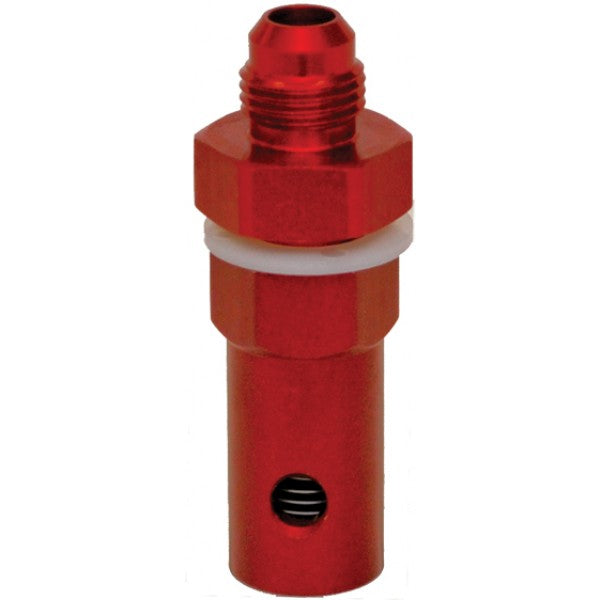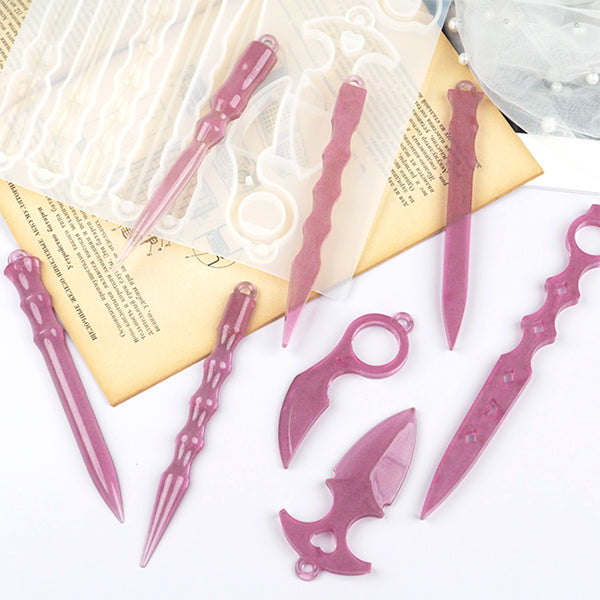
Before buying a new combat blade, you need to first decide which one is best for your needs. There are four main types to choose from: Tanto, Tanto, Drop point, and Ballistic knives. To help you choose the right one, learn about their advantages and disadvantages. Below are some examples of each type. Our buying guide will help you choose the best one. Here are some important things to remember when shopping for a new knife.
Bowie knife
The large sheath-knife known as a bowie was once very common among military savages. Bowie knives often featured an distinctive upper guard that was bent forward at an angle. This is known as the "Sguard". This was to capture the opponent's blade while protecting the owner's palm when parrying and corps-acorps. During Vietnam War, the United States Army issued bowie knifes to helicopter pilots. These were used for cutting through the acrylic roof of downed aircraft.
The handle's material will have an impact on how the knife can be gripped. G-10 or micarta, which are made from durable materials, is a good choice. These materials provide great friction for gripping even when wet. The bowie knife should be able to withstand a wide range of conditions, including outdoor usage. It can be either a hunting or camp knife depending on the use it will see.

Tanto blade
The tanto knife is the most versatile type of combat knife, thanks to its flat grind and high tip. Tanto blades can be used to pierce and stave tough materials. The tip is protected by a thick coating of metal. Most knives will break after repeated piercing, but a tanto can last. Here are some of its most useful uses:
The Western Tanto blade is well-known for its razor-sharp edge and thin, high-impact design. This makes it possible to sneak up on enemy combatants, inflicting rapid damage in an easy-to-use, but devastating, fashion. It is the most commonly used tanto blade. Its blade is very useful for self defense in close-quarters fights.
Drop point blade
A drop point blade is a particular type of combat knife. It is a good choice for cutting or thrusting because of its sharp and distinctive point. The blade's spine, which is quite thick and flat, gives it additional strength. These knives are durable and a good choice for combat situations. Drop point knives can be found in ESEE knives. ESEE has a wide range of drop point knives available in small and large sizes.
Drop Point is a hunting knife that features a precise tip. It's ideal for skinning small animals. Drop Point blades have a reduced risk of damaging internal organs. This type of knife can also be used for daily living. It has a long and rocking cutting edge. This knife is not the right choice for all situations. If you have a small EDC knife that you use every day, a clip point is the right choice.

Ballistic knife
While a combat knife may look like a standard bladed weapon, there are several important differences between it and a ballistic knife. Ballistic knives have a bladed projectile which can penetrate solid targets. A spring-powered ballistic blade can reach about five meters. Some ballistic knives use compressed gas or air to propel the blade. Another option is explosive knife propulsion.
Another important difference between combat knife types is the type of blade. A straight-edged blade is best for combat. A Tanto with a pointed, hard edge is a popular type of combat knife. This type of knife can easily penetrate lower-level body armor. The right knife can make all the difference in your life. Here are some things to look out for when buying a knife. Remember to look for safety options such as a sheath or belt.
FAQ
Do stun guns hurt people?
It's not true. The stun gun injects a tiny amount of current into the skin.
This does not cause permanent damage.
Which is the best spot to practice self defense?
Self-defense should be practiced in your own backyard. If you don’t own enough space, you could practice elsewhere.
You can practice anywhere you like, including in a parking lot, a park, or in your living space. Keep your eyes open and be aware of what's around you.
You shouldn't practice alone. This can be dangerous. Always practice with a partner.
What are some self-defense tips for women?
When practicing self-defense, you need to be able to react quickly. This means you must be ready for anything.
Train with friends is one of your best options. You can practice together and work together on your technique with a partner.
Another tip: Practice with something heavy. If you are attacked, you'll be more likely to hit your attacker hard if you are holding something heavy.
How do beginners do self-defense?
Not only are experts trained in self-defense, but so is everyone else. You must also be able to defend yourself alone. You should learn some basic moves to protect yourself from an attack.
Begin by practicing basic moves like punching and kicking. You can then move on to more advanced moves such as grappling or joint locks.
It's always a good idea to practice the same things you will encounter in real life. You should try to learn how you can kick someone on a soft surface like a pillow.
So you don't get hurt while practicing. Be careful not to strike anything too hard as you could cause damage.
Statistics
- Boxers aren't allowed to fight in a clinch, which is a position that occurs in 80% of the streetfights. (mmaclan.com)
- Most likely, you'll get tapped out by 90% of the people in your first 3-5 months. (mmaclan.com)
- Verbal harassment was the most common form, but 51 percent of women said they were touched or groped in an unwelcome way, while 27 percent of women survived sexual assault. (healthline.com)
- Saying this, Self defense 101 would be the importance of situational awareness, which can never be replaced by the finest of martial arts, because it is this that would help you to avoid any likely attacks in the first place. (worldofselfdefense.com)
External Links
How To
How To Survive A Home Invasion
Home invasion is scary, especially for children. We didn't know we would have to go through this ourselves when we started our home security system installation journey. Here are the lessons we have learned thus far.
-
Don't Let Your Kids See The Attackers. Our children were upstairs sleeping when two men entered our house. We kept them downstairs until the police arrived. Our kids weren't hurt, but they saw enough to traumatize them.
-
Lock all valuables. All valuables are kept in a safe in the bedroom. Even if someone breaks into the house, they won't be able to access it.
-
Keep an eye out on burglars. We live in an area that is prone to burglaries. We pay attention to suspicious cars and people.
-
Always have a backup plan. We will provide financial support for our family in the event of an emergency. We also have a plan in place to leave the country if necessary.
-
Be Prepared. If you ever find yourself in a situation where you must defend your life, you must be prepared. You should always have water and food on hand.
-
Call 911 First. If you find out that someone has broken into your home, call 911 immediately. It's better not to wait for someone to break into your home than to call the police.
-
Use common sense. Do not allow anyone to enter the house if they aren't welcome. You should not invite strangers to your home.
-
You can get help from nearby neighbors and people who live in the same area. Call neighbors or friends if you feel unsafe. They can watch your back, while you call the police.
-
Stay Calm And Do As Instructed By Police Officers. Stay calm and do exactly as instructed by officers. Avoid fleeing or resisting arrest
-
Photograph All Evidence. Photograph any evidence that is found during an investigation. You can take pictures of fingerprints, blood samples, or other evidence.
-
Local Law Enforcement Should Be contacted. No one was hurt, but you can still file a report to local law enforcement. It may help you avoid future criminal acts.
-
Get in touch with your insurance company immediately. Get in touch with your insurance company immediately. Tell your insurance company everything that has happened, and ask them to send an adjuster.
-
Take away personal belongings. Before you leave the scene, remove personal belongings. If you're wearing expensive jewelry, take it off and put it somewhere safe.
-
Take Care of Yourself. Keep your surroundings clean. Throw away the trash, sweep up broken glass, and make sure all doors and windows are locked.
-
Do not talk about what happened. Do not talk about what happened to anyone. You never know who could use this information against your later.